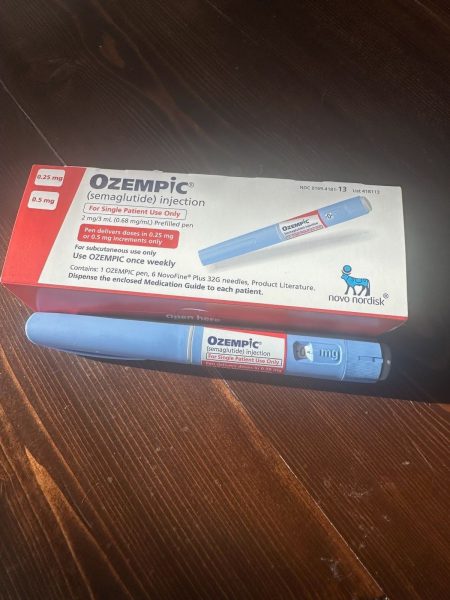Fast Fabrics
How what you wear affects the Environment
Not all fabrics are made the same. In the fashion industry, most clothes are made out of polyester and are made in large quantities to keep up with the latest ‘trends.’ Polyester was introduced to the fashion industry in the 1940s and steadily overtook cotton as the most widely produced fiber. It’s cheap, stain-resistant, and durable. Who wouldn’t want to wear polyester?
The thing is, polyester is actually just plastic made from crude oil petroleum. You are literally wearing plastic on your skin…polyester also uses more energy to produce than any other fabric, doesn’t biodegrade, and creates large quantities of wastewater. Even worse, tiny plastic fibers flake off our plastic clothes and are small enough to slip through dryer filters and water treatment plants, these microplastics later enter into our waterways, causing unnecessary pollution and harm to marine life.
If I haven’t already convinced you polyester is bad, just take a look at the amount of energy it requires compared to other fabrics. According to Duke’s School of Environment, “the energy use[d] to produce a kilogram of polyester (125 MegaJoules), nylon (130 MJ), or acrylic (175 MJ) is greater than that used to produce rayon (71 MJ), cotton (60 MJ) or linen (10 MJ).” This is electricity output. To put the MegaJoules into perspective, it takes approximately 108 MJ (30 kWh of electricity) to power an entire house for one day. It takes more energy to heat, dye, and cut a kilogram of polyester than it does to power a house.
So we know polyester is bad for the environment, so what are other alternatives you can try? First of all, pick natural fibers that use less water and energy when being manufactured and don’t harm the environment. Cotton, linen, hemp, or tencel are all better options. These fabrics dry faster after being dyed and require less heat to dye and manufacture. While cotton is a natural fiber, it still requires over 713 gallons of water to produce just one shirt. The textile industry still has a long way to go before cotton becomes more energy and water-efficient to produce; yet it is still better than polyester, uses less energy, and isn’t plastic.
If you’re ready to change your fashion habits, start by cleaning out your closet. No one is requiring that you dump any and all harmful fabrics: phase them out slowly. If we stop buying harmful fabrics, manufacturers will lose money and realize their consumers are no longer interested in these fabrics―shifting manufacturing to more environmentally conscious fabrics.
Try to curb how much you buy. If it’s within your price range, spend a bit more on more expensive clothes. A $10 shirt from Forever 21 won’t last as long as a $25 dollar shirt. Use a price-per-wear tool if you are ever on the fence about splurging.
If you have clothes you no longer wear. Donate or sell them first. If they are truly beyond repair try recycling them at the store you got them from. H&M has a takeback program as does For Days, Patagonia, and Levis. For Days is a good place to do this, since most stores’ recycling programs are closed due to COVID-19. Students can ship their clothes and receive a coupon from the store to buy new clothes.
If you want to take your fashion habits one more step forward. Try this sustainable fashion directory.

Senior Meghan Holloran loves music and anything Lorde. She enjoys playing video games in her spare time and taking photos. She is a member of UNICEF and...





